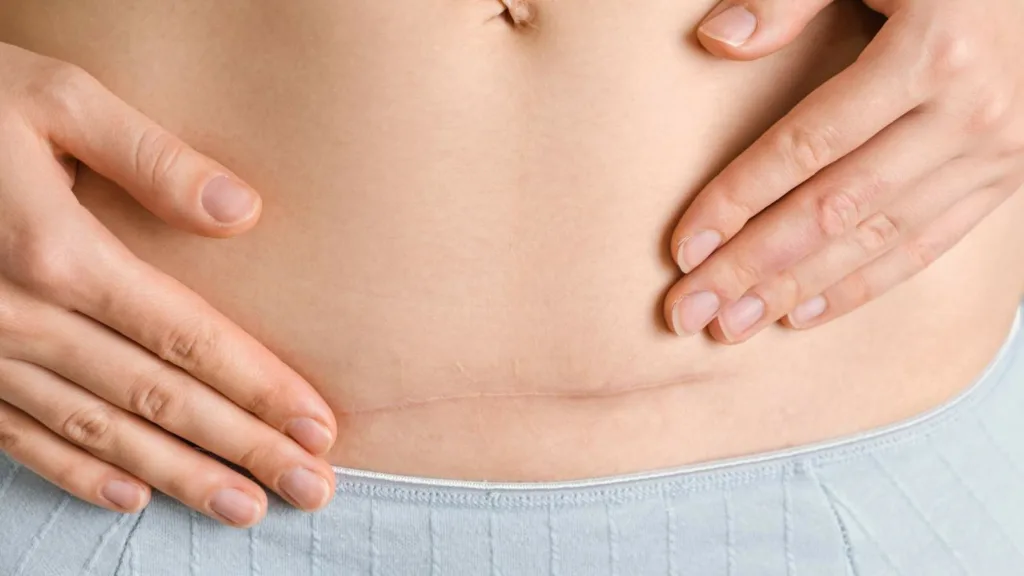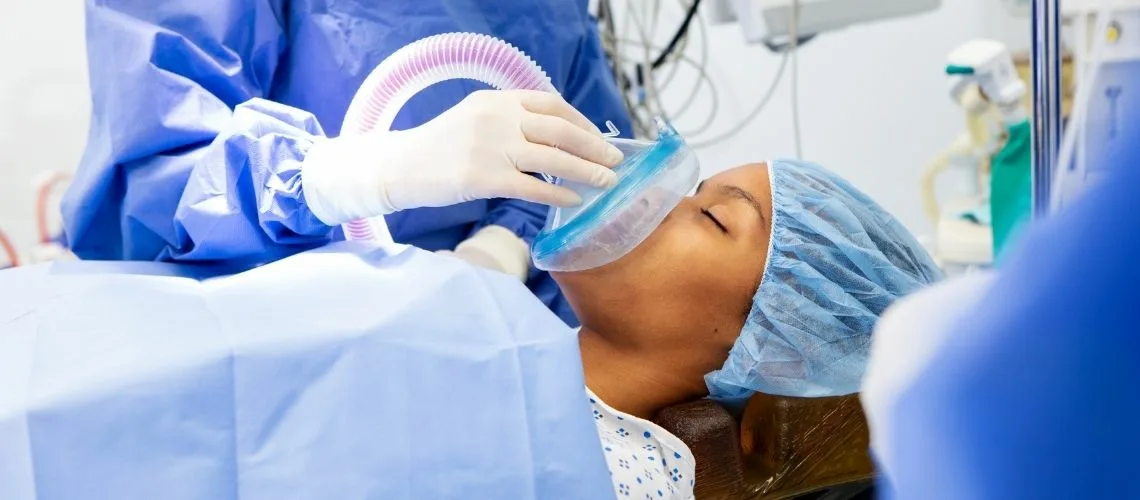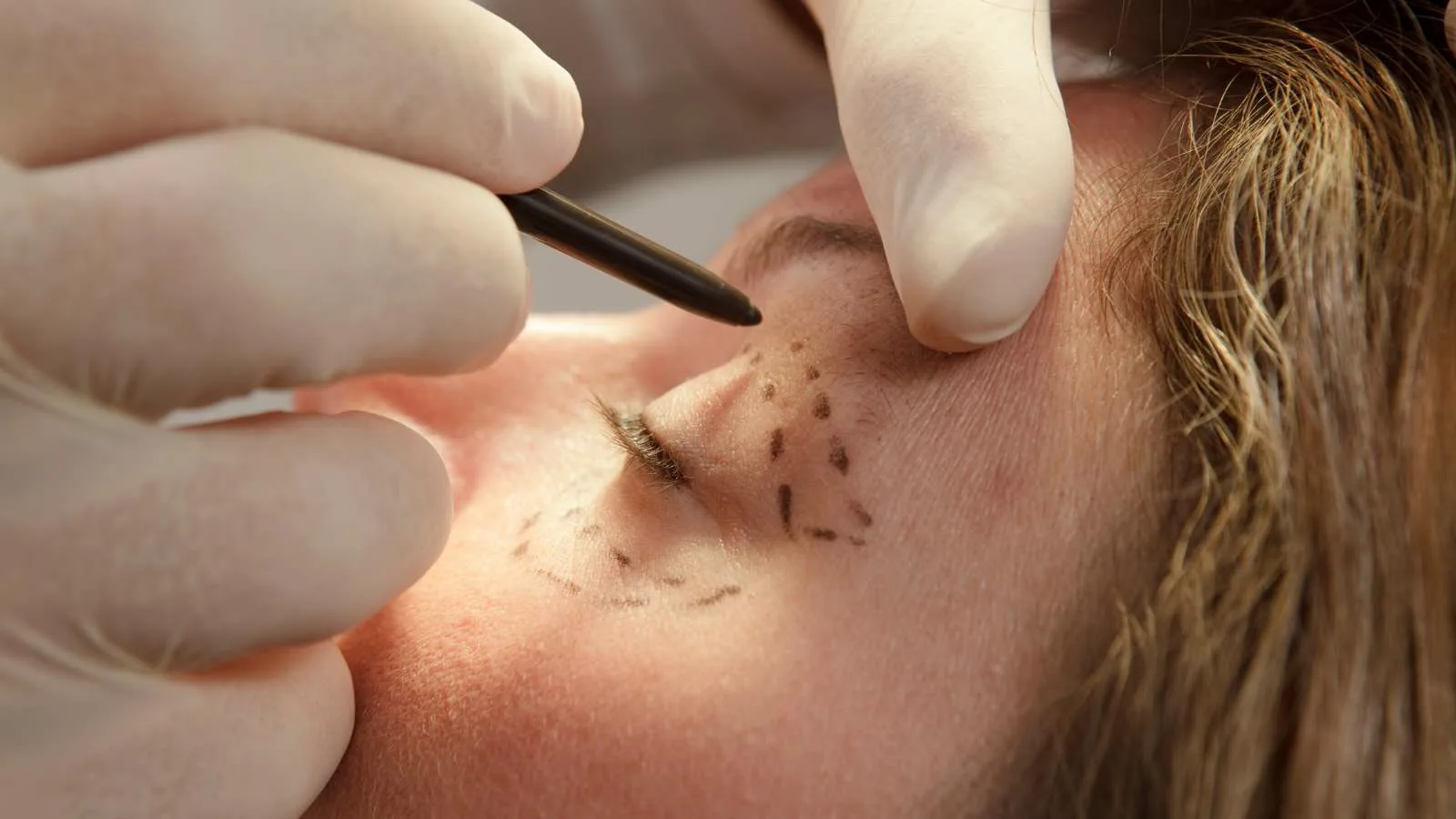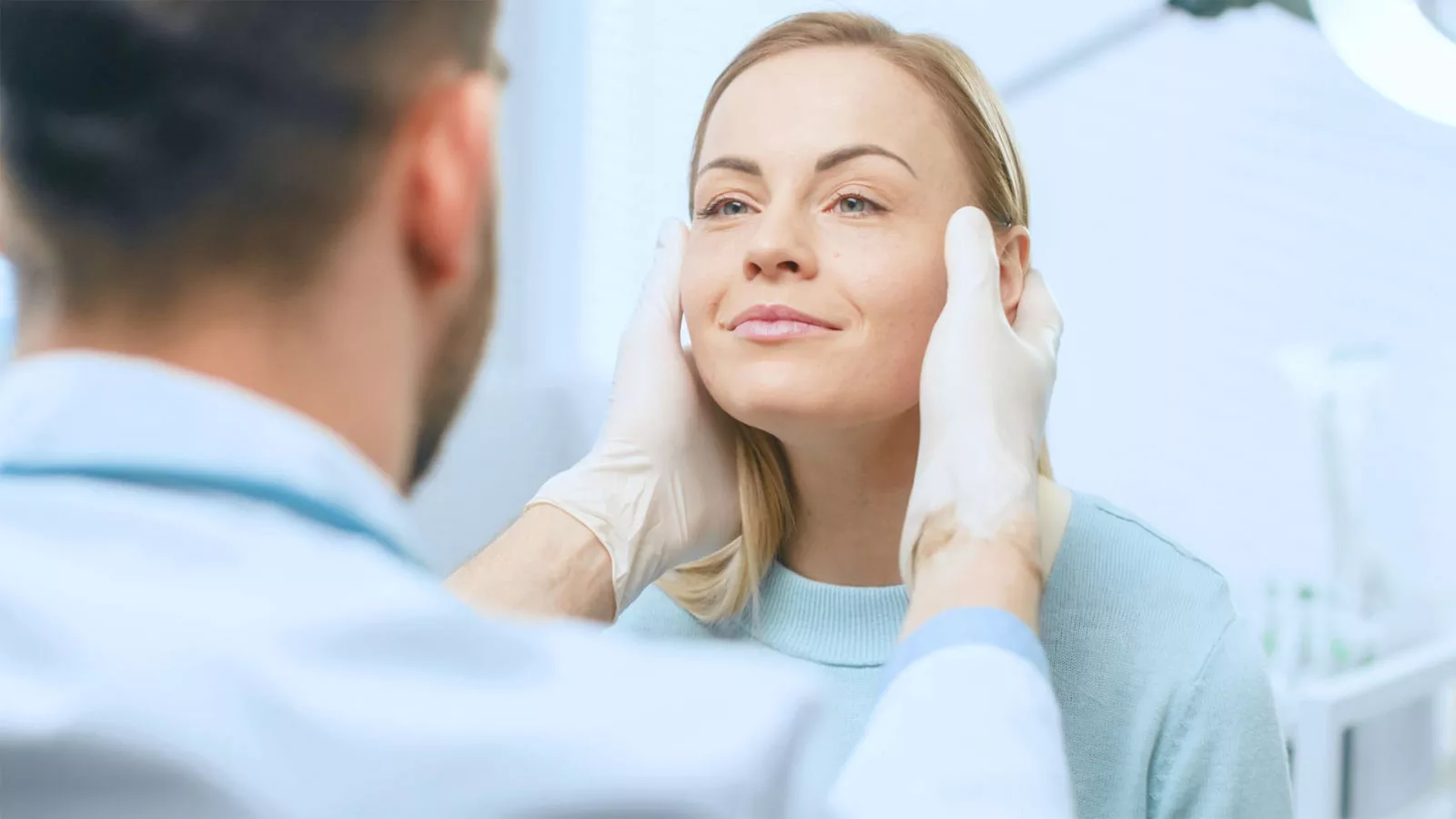Getting rid of stitch scars after plastic surgery involves a combination of preventive care and treatment methods. Proper wound management during the healing process reduces the risk of prominent or hypertrophic scarring.
Post-operative care includes keeping incisions clean, using prescribed ointments, and protecting scars from sunlight. Early and consistent care supports natural healing and minimizes long-term scar visibility.
Treatment options for established scars include silicone gels, steroid injections, laser therapy, and microneedling. These methods improve scar texture, reduce discoloration, and promote smoother skin appearance.
Individual scar healing varies by skin type, surgical technique, and genetic factors. Following medical advice and considering tailored treatments ensures optimal scar reduction and improved aesthetic outcomes.
How Does Sun Exposure Affect Surgical Scars?
Exposing surgical scars to sunlight can adversely influence the healing process and make scars more noticeable, primarily because fresh or healing tissues are particularly susceptible to harmful UV rays. Sunlight activates pigment-producing cells in the skin, leading to either hyperpigmentation or hypopigmentation around the scar. Hyperpigmentation darkens scar tissue compared to the surrounding skin, while hypopigmentation does the opposite, making scars lighter and often more apparent.
UV rays can also trigger inflammation in scar tissue, potentially causing excessive collagen accumulation and thickening of the scar, complicating treatment. Furthermore, UV exposure can harm delicate tissues, leading to sunburn on or around the scar, thereby delaying healing. To protect healing scars from UV damage, it’s advisable to avoid direct sun exposure, apply broad-spectrum sunscreen with at least SPF 30, and wear protective clothing when outdoors.
What Role Do Silicone-Based Products Play in Scar Reduction?
Silicone-based products are a well-established treatment option for managing scars. They create a protective, moisturizing barrier over the wound area, regulating capillary activity and fibroblast production to minimize excessive collagen buildup. As a result, hypertrophic and keloid scars can become flatter and less pronounced.
Additionally, silicone products help normalize growth factor levels in the healing tissue, promoting balanced scar formation. By keeping the stratum corneum (outer skin layer) hydrated, they improve both scar elasticity and coloration. Available as gels or silicone sheets, both formats offer similar effectiveness. However, topical gels are typically simpler to apply, enhancing patient compliance.
Clinical research attests to silicone’s safety and minimal side effects. Reviews in the International Wound Journal confirm the effectiveness of silicone gel in preventing and treating hypertrophic scars and keloids. Non-invasive and generally well tolerated, silicone-based care is favored by both patients and clinicians for its reliable performance and ease of use.
Do Lifestyle Choices Affect Postoperative Scar Healing?
Besides surgical technique, patients’ lifestyle habits heavily impact scar healing after an operation. Smoking is among the most detrimental factors, as nicotine constricts blood vessels, restricting oxygen and nutrient delivery to healing tissues, and weakens the immune system—raising infection risks. Thus, quitting smoking before and after surgery is strongly recommended.
Nutrition plays a central role in supporting healing. Adequate protein intake underpins collagen synthesis, while micronutrients such as vitamin C and zinc strengthen immune function and decrease the likelihood of infection. Consequently, a balanced, nutrient-rich diet proves vital during recovery.
Excessive alcohol intake negatively affects scar formation, given its capacity to weaken the immune system and disrupt nutrient absorption, slowing healing and potentially making scars more pronounced. Limiting alcohol consumption can thus be beneficial.
Lastly, for patients with diabetes, maintaining well-controlled blood sugar levels helps expedite healing. Elevated blood sugar can increase infection risks and reduce tissue perfusion, further complicating scar recovery.
What Medical Treatments Are Available to Improve Scar Appearance?
Enhancing postoperative scar appearance is important for both patient satisfaction and overall well-being. Several medical treatments are aimed at reducing scar visibility and promoting healthier tissue repair. These methods must be tailored to the type, size, and characteristics of each patient’s scars.
- Laser Therapies: Laser-based treatments are frequently utilized for scar management. Pulsed dye lasers (PDL) effectively target hypertrophic and keloid scars by decreasing redness, while ablative lasers (e.g., CO2) renew the skin surface and boost collagen production. Non-ablative lasers penetrate deeper layers to refine scar texture.
- Injection Therapies: Corticosteroid injections flatten and soften hypertrophic and keloid scars. Combining steroids with agents like 5-fluorouracil (5-FU) can yield improved outcomes.
- Silicone-Based Treatments: Silicone sheets and gels maintain proper moisture in the scar region, reducing excessive collagen formation. They can diminish scar height, stiffness, and discoloration.
- Pressure Therapy: Commonly used after burns, pressure garments can help flatten scars by limiting collagen overproduction. However, this method depends on the scar’s specific characteristics.
- Cryotherapy and Surgical Revision: Cryotherapy helps reduce keloid size and alleviate symptoms. Surgical revision may be an option for severe or unresponsive scars, followed by adjunct treatments like corticosteroid injections or radiotherapy to lower recurrence risks.
- Emerging Therapies: Innovations such as laser-assisted drug delivery and stem cell treatments aim to encourage regenerative healing, potentially improving scar appearance and skin elasticity.
How Important Is Patience in the Scar Healing Process?
Watch a related video on scar healing
Patience is a crucial component of successful scar healing following cosmetic surgery. Wound healing is a complex, staged process—starting with hemostasis, followed by inflammation, proliferation, and finally the maturation phase. The final look of a scar largely forms during the maturation stage, which can span from several months to a year. Throughout this period, collagen fibers reorganize and realign, shaping the scar’s final color and texture.
Seeking rapid improvement can be counterproductive; for instance, using unsuitable products or resuming strenuous activities prematurely can disrupt natural healing. Research indicates that minimal interference, plus consistent use of evidence-based remedies, tends to achieve the best cosmetic and clinical results over time.
Adhering to medical recommendations, such as continuing silicone gel or sheets for an extended period, offers more effective scar management. Safeguarding the healing area from excessive sun exposure and adopting a healthy lifestyle also help optimize long-term outcomes.

Op. Dr. Erman Ak is an internationally experienced specialist known for facial, breast, and body contouring surgeries in the field of aesthetic surgery. With his natural result–oriented surgical philosophy, modern techniques, and artistic vision, he is among the leading names in aesthetic surgery in Türkiye. A graduate of Hacettepe University Faculty of Medicine, Dr. Ak completed his residency at the Istanbul University Çapa Faculty of Medicine, Department of Plastic, Reconstructive and Aesthetic Surgery.
During his training, he received advanced microsurgery education from Prof. Dr. Fu Chan Wei at the Taiwan Chang Gung Memorial Hospital and was awarded the European Aesthetic Plastic Surgery Qualification by the European Board of Plastic Surgery (EBOPRAS). He also conducted advanced studies on facial and breast aesthetics as an ISAPS fellow at the Villa Bella Clinic (Italy) with Prof. Dr. Giovanni and Chiara Botti.
Op. Dr. Erman Ak approaches aesthetic surgery as a personalized art, tailoring each patient’s treatment according to facial proportions, skin structure, and natural aesthetic harmony. His expertise includes deep-plane face and neck lift, lip lift, buccal fat removal (bichectomy), breast augmentation and lifting, abdominoplasty, liposuction, BBL, and mommy makeover. He currently provides safe, natural, and holistic aesthetic treatments using modern techniques in his private clinic in Istanbul.









